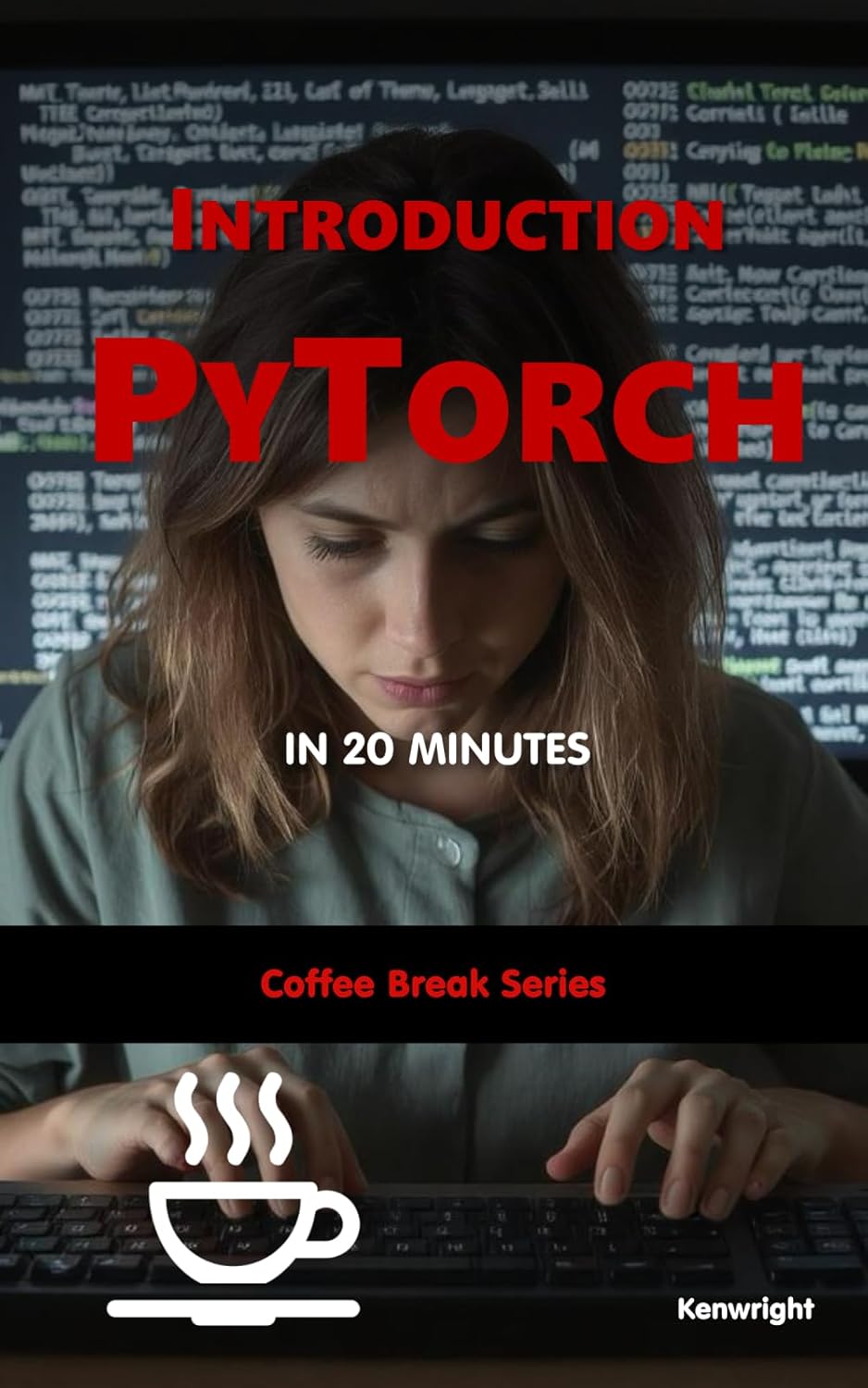
Introduction to PyTorch in 20 Minutes: (Coffee Break Series)
A captivating exploration of pytorch and its impact on the modern technology. This essential read offers fresh perspectives and practical insights that will transform your understanding.

A captivating exploration of pytorch and its impact on the modern technology. This essential read offers fresh perspectives and practical insights that will transform your understanding.
What sets this book apart is its ability to connect innovative concepts with real-world scenarios, providing readers with actionable insights they can immediately implement. Through meticulous research and engaging narrative, the author presents complex ideas in an accessible manner, making this book suitable for both beginners and experts in the field. Whether you're seeking to deepen your understanding or simply explore new perspectives, "PyTorch in 20 Minutes - Coffee Break Series (Paperback)" offers a rewarding experience that lingers long after the final page. Drawing inspiration from the challenges and triumphs within emerging disciplines, the author crafts a compelling narrative that resonates with readers across diverse backgrounds.

Each chapter builds on the last with such clarity that I couldn’t put it down.
Totally agree. The pacing and structure made it easy to stay engaged throughout.
September 30, 2025
This book completely transformed my understanding of pytorch. The author's approach is both innovative and practical.
That section was brilliant. I've already applied those techniques with great success.
September 27, 2025
This book challenges conventional thinking and offers a refreshing new framework.
Great point! I especially appreciated the chapter on implementation strategies.
September 29, 2025Stay updated with the latest from the book world
Author and critic Lincoln Michel talks about Hungarian writer László Krasznahorkai's Nobel win and what it shows about who gets recognized in world ...
Read MoreThe Hungarian writer, known for his apocalyptic works, has won the 2025 Nobel Prize in literature. He joins the ranks of Ernest Hemingway, John Steinb...
Read MoreBaldwin: A Love Story, a book by Nicholas Boggs, has a singular focus on the redemptive power of devotion....
Read MoreEnhance your reading and learning experience
Write documentation as if the next person reading it is a violent psychopath who knows where you live.
Use the Feynman Technique: teach what you learn to someone else to identify knowledge gaps.
Rubber Duck Debugging: explain your code line by line to an inanimate object.
Organize books by color for visual appeal or by genre for practical access.
Follow the 20-20-20 rule: every 20 minutes, look at something 20 feet away for 20 seconds.
Use a pointer or your finger to guide your eyes. This can increase reading speed by 25%.
Sarah Johnson
Professional ReviewerGreat point! I especially appreciated the chapter on implementation strategies.
October 2, 2025